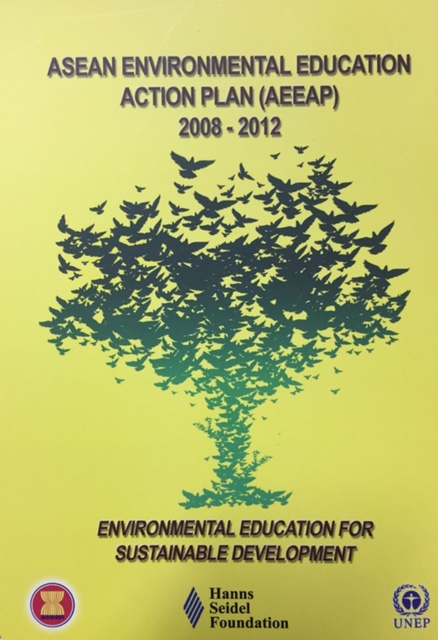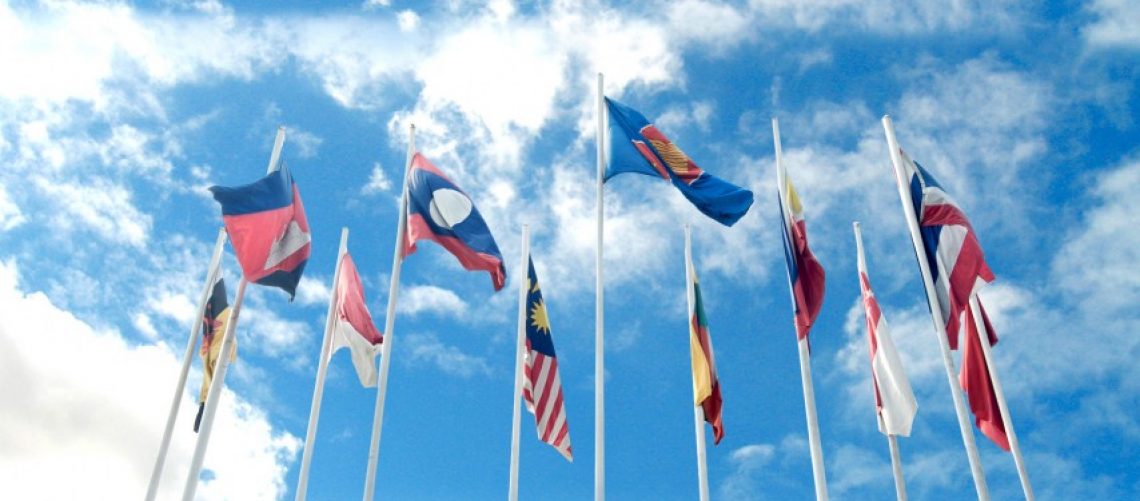Environmental Education (EE) has been defined as the process of helping people, through formal and non-formal/informal education, to acquire understanding, skills and values that will enable them to participate as active and informed citizens in the development of an ecologically sustainable and socially just society. Through EE, the dangers of poor environmental management and the disadvantages that arise from environmental neglect and degradation are explained and good environmental practice is inculcated at the individual, organisational and community levels. It aims to make use of these knowledge and skills to preserve, conserve and utilise the environment in a sustainable manner for the benefit of present and future generations. EE, as a key integrating component of Education for Sustainable Development (ESD), also involves learning how to employ new technologies, increase productivity, avoid environmental disasters, alleviate poverty, utilise new opportunities and make wise decisions for a sustainable future. Furthermore, it involves the acquisition of skills, motivation and commitment to work individually and collectively towards the solution of existing environmental problems and preventing new ones.
The ASEAN Environmental Education Action Plan (AEEAP) 2000-2005 adopted by the ASEAN Ministers for the Environment in 2000 provided the framework for coordinated action on EE in all the ASEAN Member Countries (AMCs) from 2000 to 2005. Its aim was to promote EE in the AMCs so that people of the region would be fully sensitised to care for the environment. The AEEAP 2000-2005 focused on achieving 4 goals and 12 objectives in four target areas viz. (i) Formal Education (ii) Non-formal Education (iii) Manpower Capability Building ; and (iv) Networking, Collaboration and Communication.
All of the AMCs have undertaken activities related to these four target areas as part of their national efforts and have made progress in promoting and enhancing environmental awareness through the promotion of EE in formal and non-formal education programmes. At the same time, AMCs have enhanced their ability to offer EE courses and to network, collaborate and communicate on EE with other AMCs and the rest of the world through the ASEAN Environmental Education Inventory Database (AEEID). In August 2005, the ASEAN Senior Officials on the Environment (ASOEN) called for the development of a successor plan to AEEAP 2000-2005, taking into account current developments at the international level, especially the United Nations Decade of Education for Sustainable Development (UN DESD).
The development of this successor plan is also mandated by the Vientiane Action Programme (VAP) 2004-2010 which calls for the further expansion and intensification of implementation of the AEEAP 2000-2005, targeting measures in the four target areas of the previous plan, as well as further promoting the ASEAN Environmental Education Inventory Database (AEEID) as the primary means of communication, networking, sharing of resources and experiences as well as capacity building (VAP 2004-2010: Annex 3, Item No. 3.3.3). The preparation of the Plan underwent an extensive and inclusive process of review, research and consultation with various stakeholders over a period of one year since the end of the period of implementation of the AEEAP 2000-2005. During that period, efforts were made to complete any remaining activities, and to review and take stock of the experiences and lessons learnt.
The Plan was endorsed by the ASEAN Senior Officials on the Environment in August 2007, and adopted by the Environment Ministers at their 10 the Informal Meeting in Bangkok, Thailand on 6 September, 2007. The AEEAP 2008-2012, like its predecessor, will serve as a framework for collaborative action in the development and implementation of EE activities in ASEAN whose aim is to enhance overall management of the environment in a sustainable manner. This successor plan, AEEAP 2008-2012, will be ASEAN's contribution towards the UN DESD, in particular the Asia-Pacific Regional Strategy for Education for Sustainable Development. As an association of nations, ASEAN cooperates voluntarily and on a consensus basis for the common good of its members. A diversity of levels of socio-economic development, people and cultures exist within ASEAN. The AEEAP 2008-2012 provides a common strategic direction that marshals this diversity to facilitate change towards a prosperous, harmonious and environmentally sustainable ASEAN Community.








